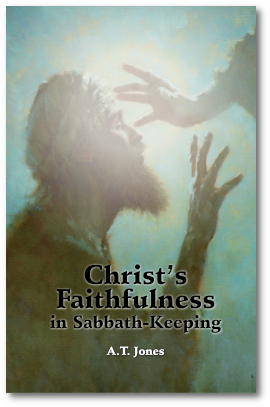 Jesus Christ was a Sabbath-Keeper, and that was the main reason why the Pharisees wanted to kill him. Many of Christ’s miracles (seven of them altogether) were performed on the Sabbath day.
Jesus Christ was a Sabbath-Keeper, and that was the main reason why the Pharisees wanted to kill him. Many of Christ’s miracles (seven of them altogether) were performed on the Sabbath day.
The Pharisees considered this to be “work,” and therefore not part of the Sabbath as they saw it. They tried to condemn Christ on these grounds. He defied the charge, and taught that this was, in fact, what the Sabbath was meant for: to do good and to bring life to needy souls. Thus the Sabbath pointed to God’s creative power, and therefore is part of the Gospel.
The rulers, however, saw Christ’s insubordination and popularity as a threat to the security of their nation. They thought that if this “Sabbath-breaking” continued, God’s curse would be on the nation, and then the Romans would come and take it all away, as a punishment from God.
So to save their nation, they killed their Saviour; and to preserve their Sabbath, they killed the true Sabbath-keeper. The importance of this history is that it was almost repeated again in the 1890’s (when this booklet was first published), and will be repeated again in the near future, in the contest for religious liberty: between the commandments of God, and the traditions of men. 46p
Contents
- Christ’s Faithfulness in Sabbath-Keeping
- Healing the Palsied Man
- Healing the Man at the Pool of Bethesda
- Plucking Ears of Corn
- Healing the Man with the Withered Hand
- Healing the Blind Man
- Healing the Woman with the Infirmity
- Healing the Man with Dropsy
- The Raising of Lazarus from the Dead
- Render to Caesar
- A Modern Day Parallel




